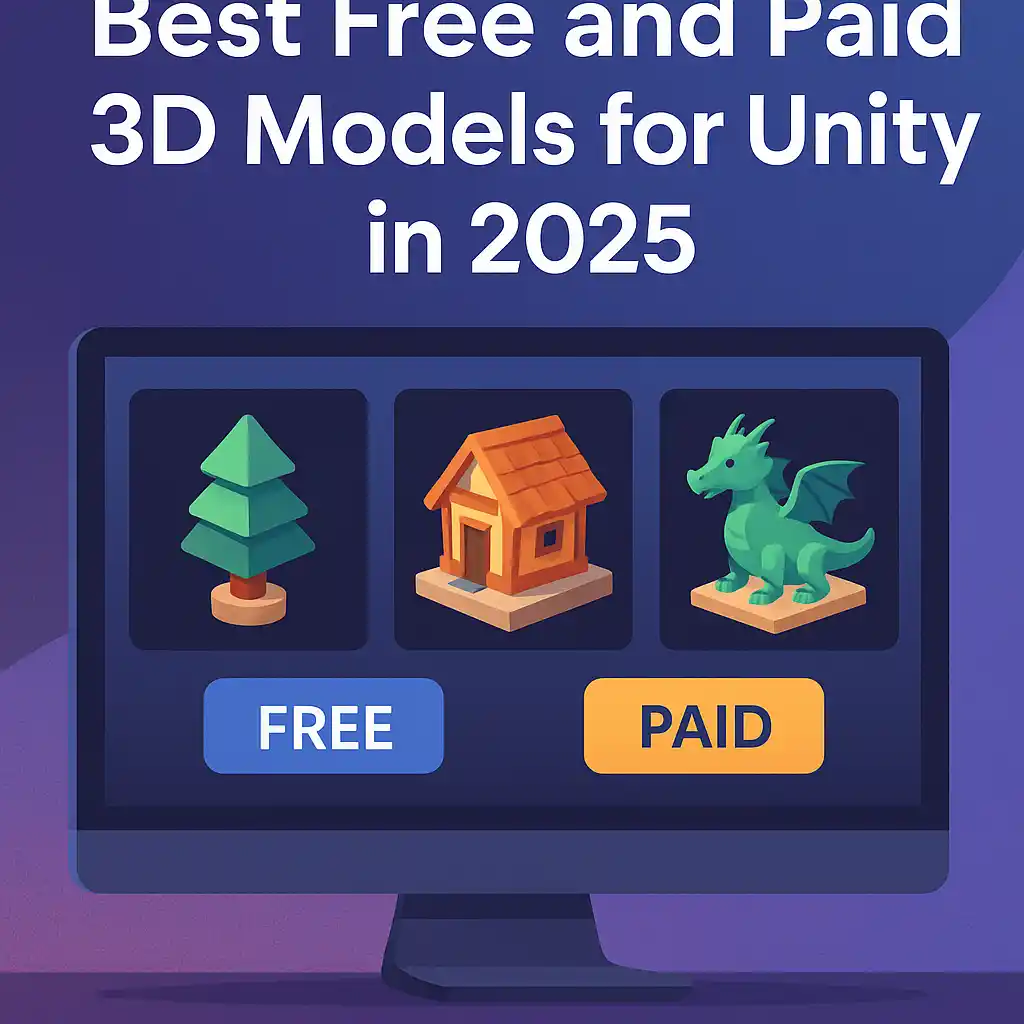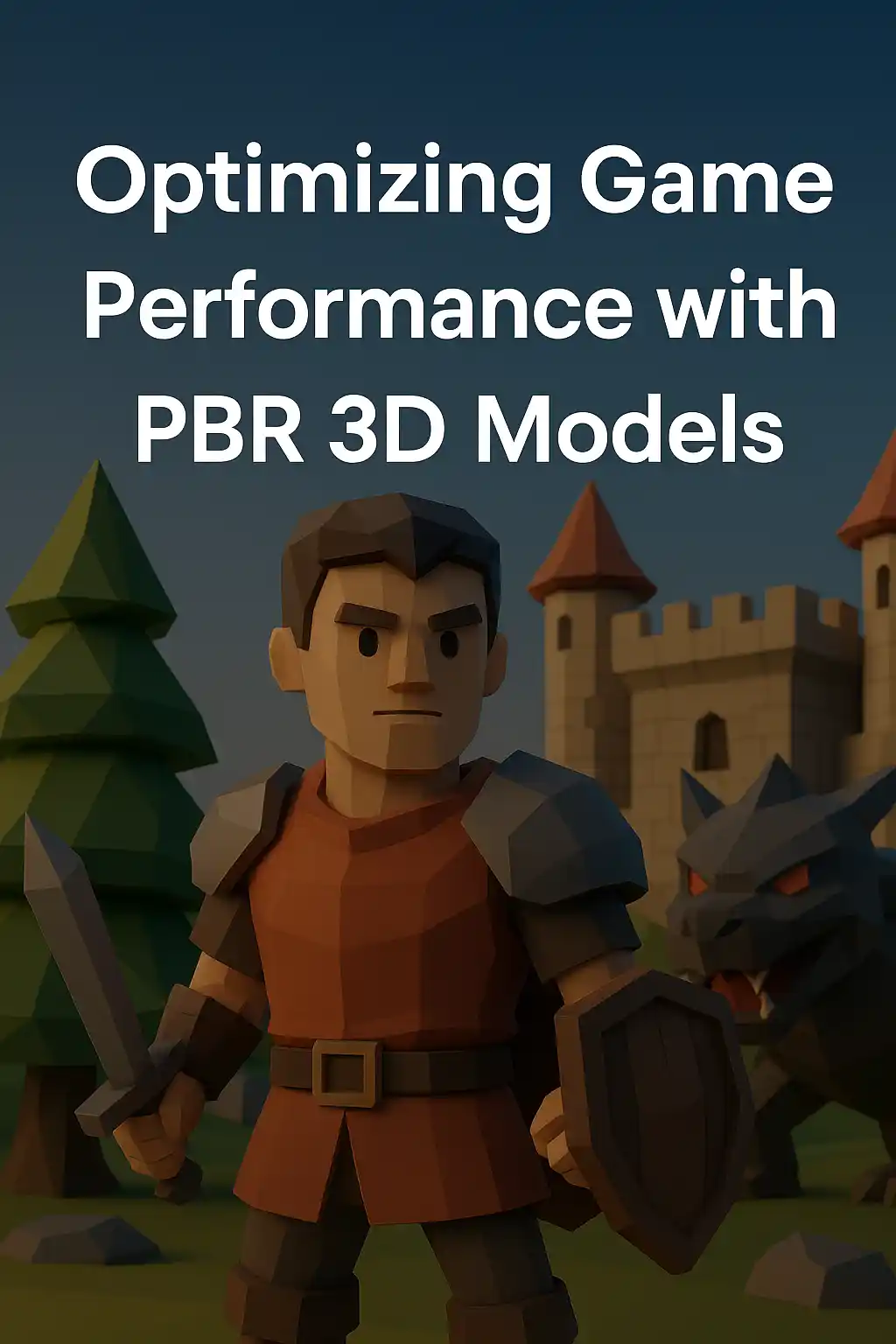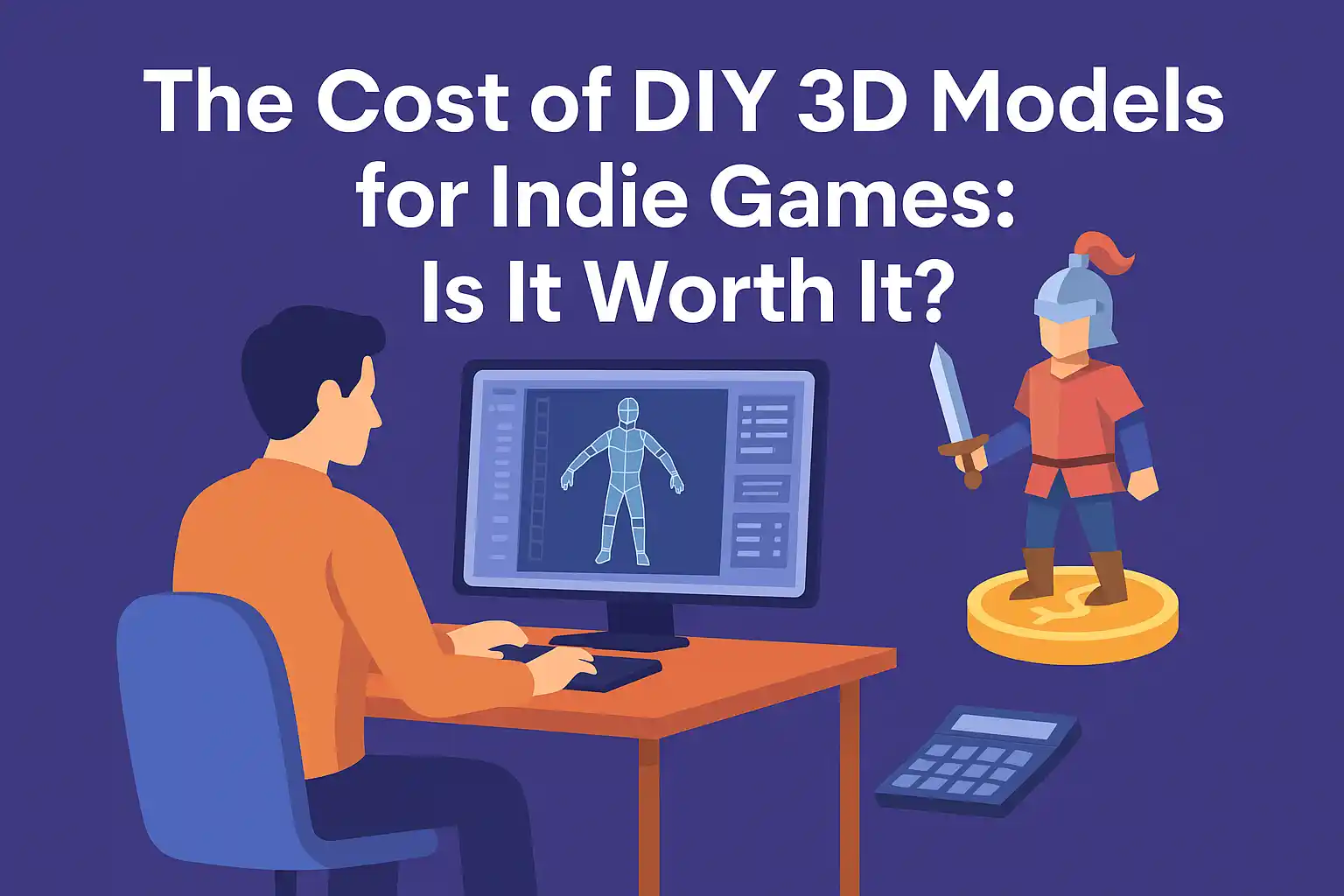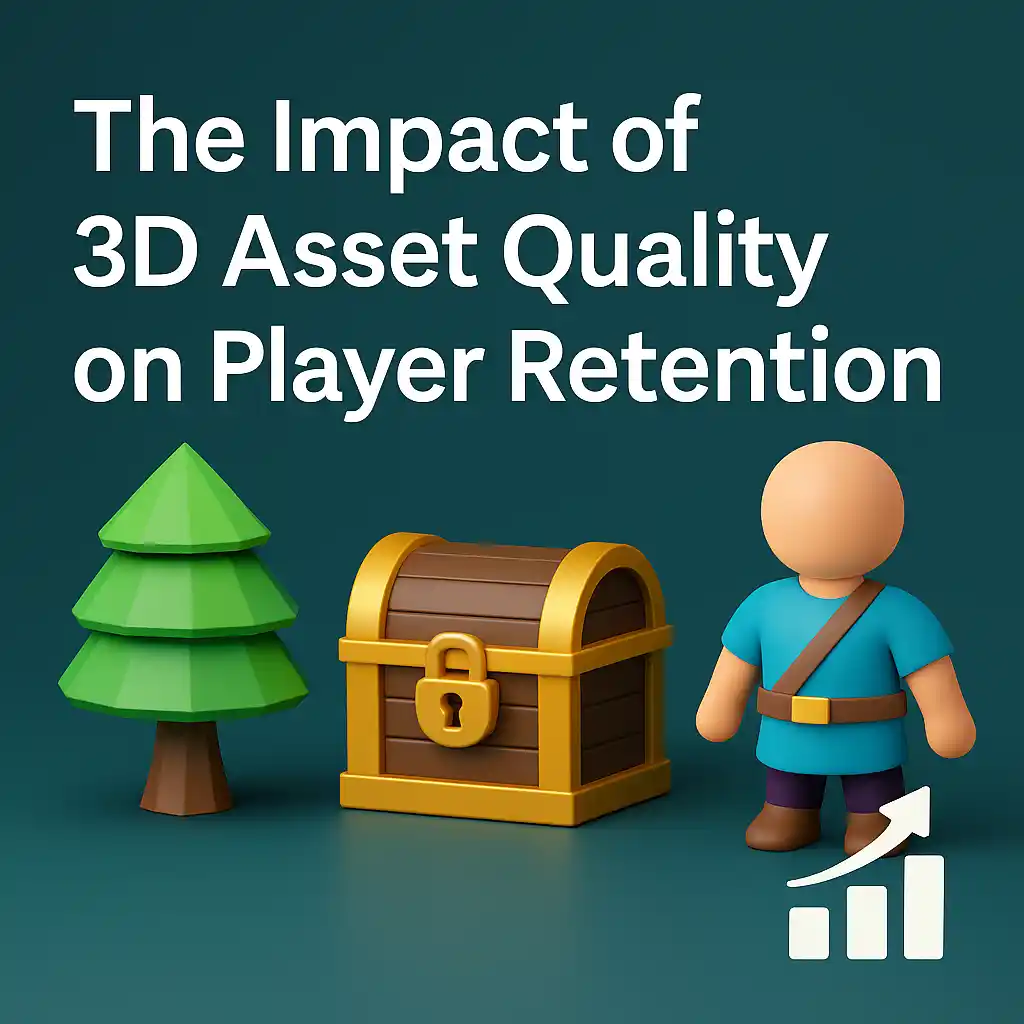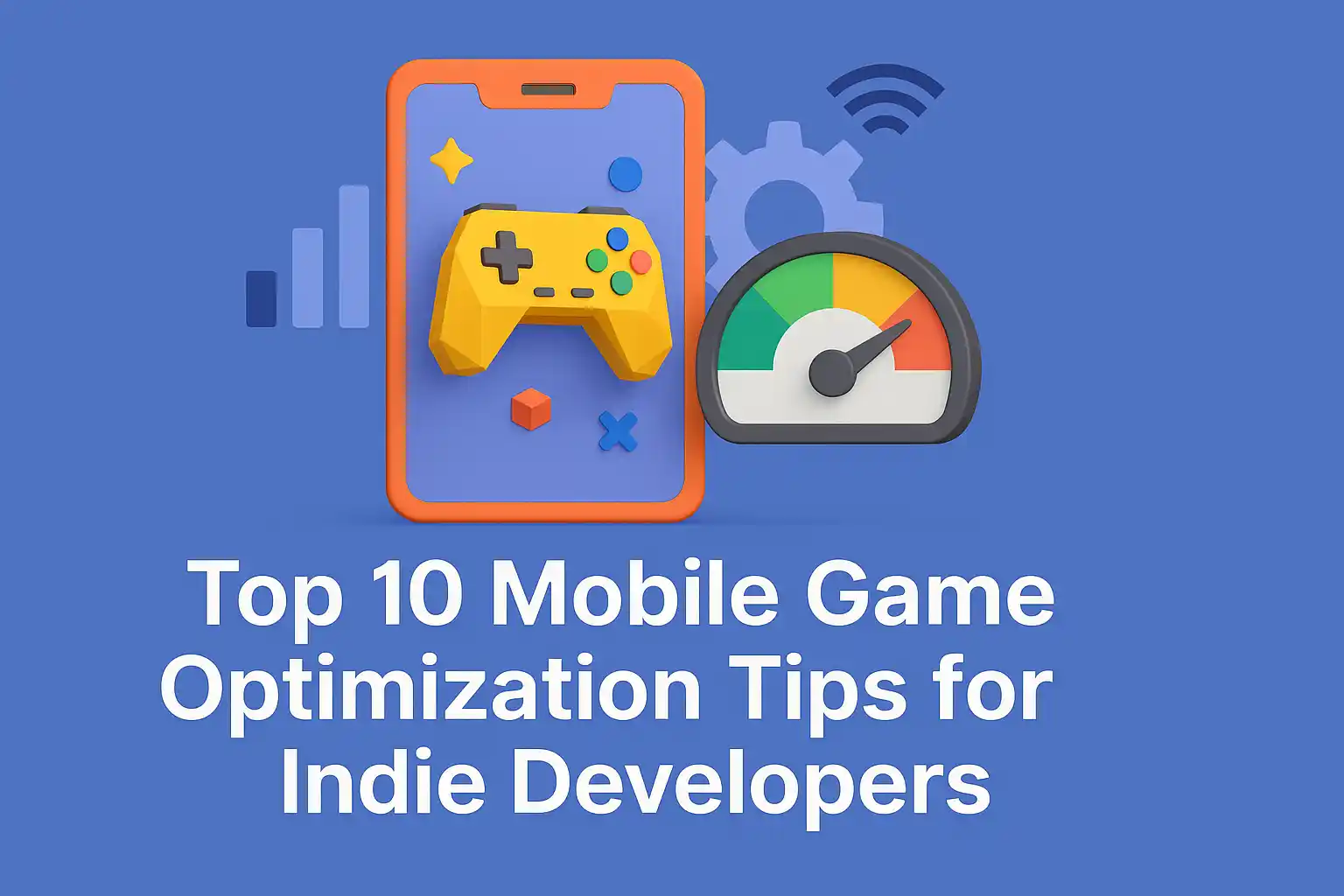Free vs Paid 3D Design Software: Which Actually Saves You Money in 2025
by Animatics Asset Store in Blog on September 22, 2025In 2025, the world of 3D design is more accessible than ever. Whether you’re a hobbyist, student, or professional, choosing the right 3D design software can significantly impact your workflow and budget. But with so many options available, how do you determine which path saves you the most money without compromising quality?
Understanding 3D Design Software
3D design software allows users to create three-dimensional models for various applications, including gaming, animation, architecture, and product design. These tools range from free, open-source platforms to high-end, subscription-based software.
Free 3D Design Software
Free software offers a cost-effective entry point for beginners and those with limited budgets. Some notable free 3D design tools include:
- Blender: A powerful open-source software used for modeling, animation, and rendering. It’s widely adopted in the industry and has a robust community.
- SketchUp Free: A web-based tool that’s user-friendly and ideal for architectural designs.
- Tinkercad: An intuitive, browser-based application suitable for beginners and educational purposes.
Paid 3D Design Software
Paid software typically offers advanced features, customer support, and regular updates. Popular paid 3D design tools include:
- Autodesk Maya: Industry-standard software for animation and modeling.
- SolidWorks: A comprehensive tool for product design and engineering.
- Cinema 4D: Known for its motion graphics capabilities and integration with Adobe products.
Cost Analysis: Free vs Paid
While free software eliminates upfront costs, it’s essential to consider the total cost of ownership, which includes time investment, learning curve, and potential limitations.
Free Software Advantages
- Zero Cost: No financial investment required.
- Community Support: Access to forums, tutorials, and user groups.
- Continuous Updates: Open-source platforms often receive regular updates from the community.
Free Software Limitations
- Steeper Learning Curve: Some free tools may lack user-friendly interfaces.
- Limited Features: Advanced functionalities might be restricted or absent.
- Less Professional Support: Community support can be helpful but may not replace dedicated customer service.
Paid Software Advantages
- Advanced Features: Access to cutting-edge tools and functionalities.
- Professional Support: Dedicated customer service and training resources.
- Seamless Integration: Better compatibility with other industry-standard software.
Paid Software Limitations
- High Upfront Costs: Subscription fees can be expensive.
- Ongoing Expenses: Continuous updates and support often come with recurring fees.
- Complexity: May require additional training to utilize effectively.
Which Option Saves More Money?
The decision between free and paid software depends on your specific needs and circumstances.
- For Beginners and Hobbyists: Free software like Blender or Tinkercad provides a no-cost introduction to 3D design. These tools are sufficient for learning and personal projects.
- For Professionals and Businesses: Paid software offers advanced features and support that can enhance productivity and quality. However, it’s crucial to assess whether the investment aligns with your project’s requirements and budget.
Enhancing Your Workflow with Free Assets
Regardless of your choice between free or paid software, utilizing high-quality assets can significantly improve your projects. Platforms like Animatics Assets Store offer a wide range of free 3D models optimized for various applications. Incorporating these assets can save time and enhance the quality of your designs.
Conclusion
In 2025, both free and paid 3D design software have their place in the industry. The best choice depends on your specific needs, budget, and the complexity of your projects. By carefully evaluating your requirements and considering the total cost of ownership, you can select the software that offers the best value for your situation.
Remember, the most expensive software isn’t always the best fit. Sometimes, free tools combined with strategic use of assets can provide a cost-effective and efficient solution.


